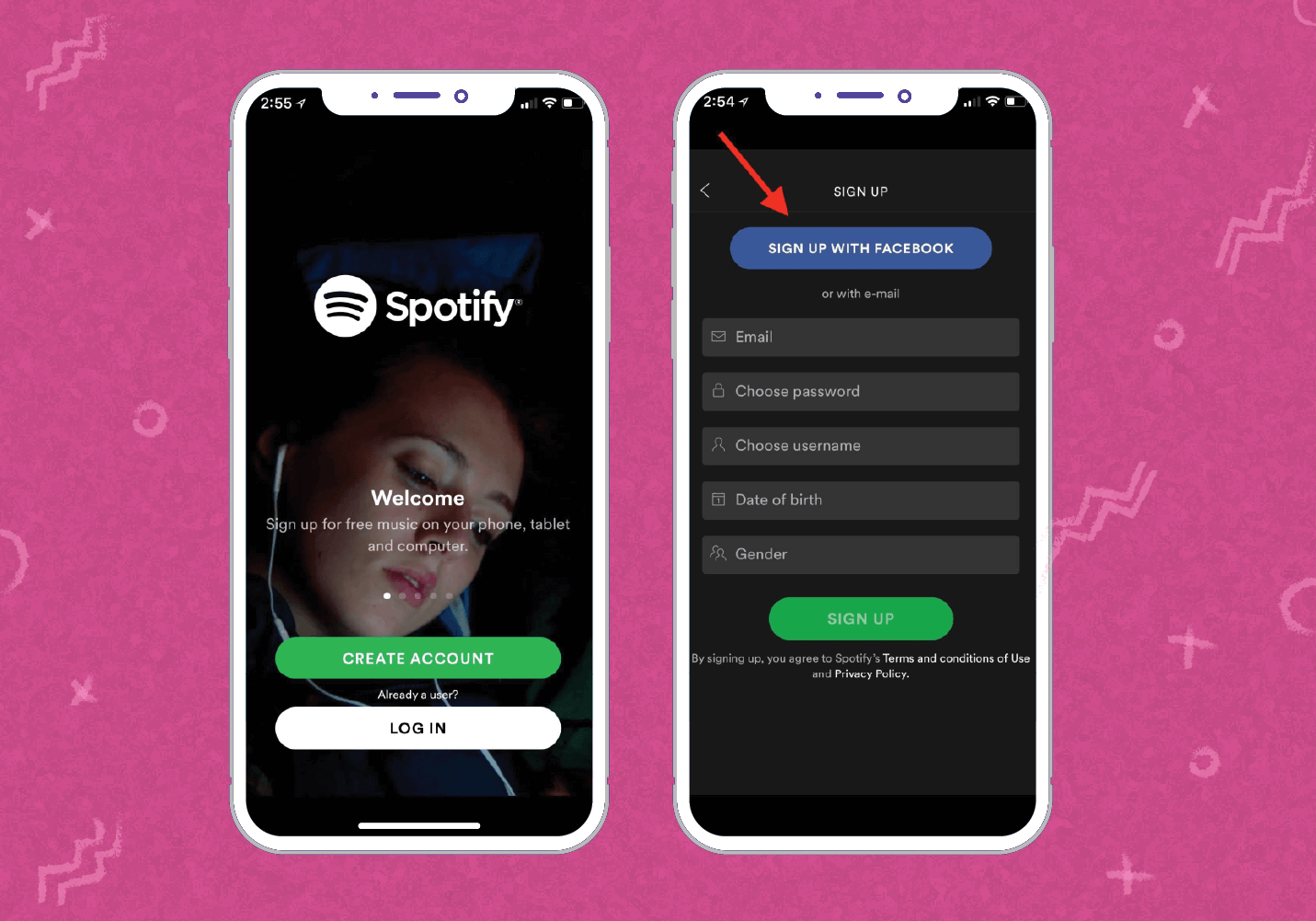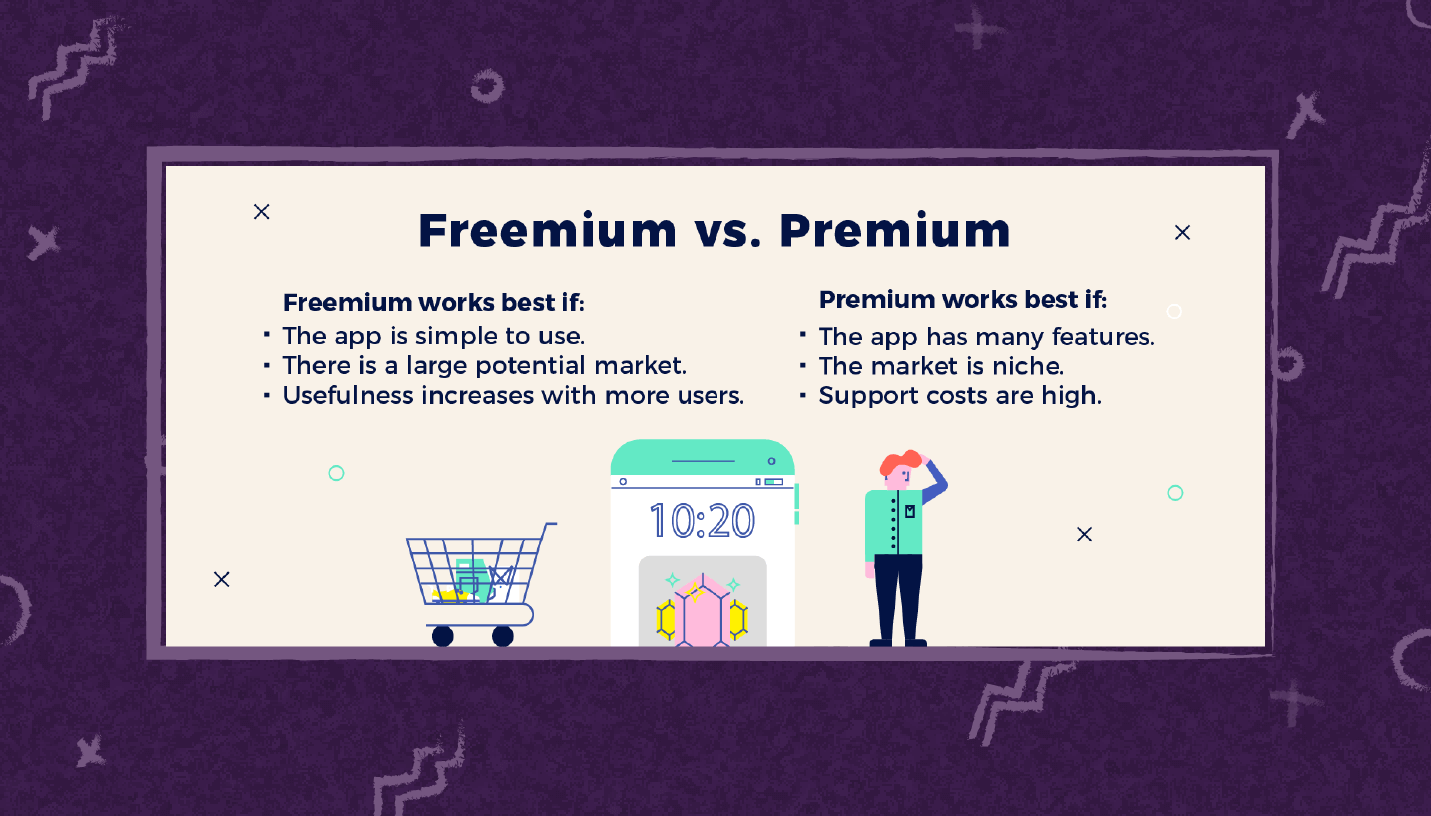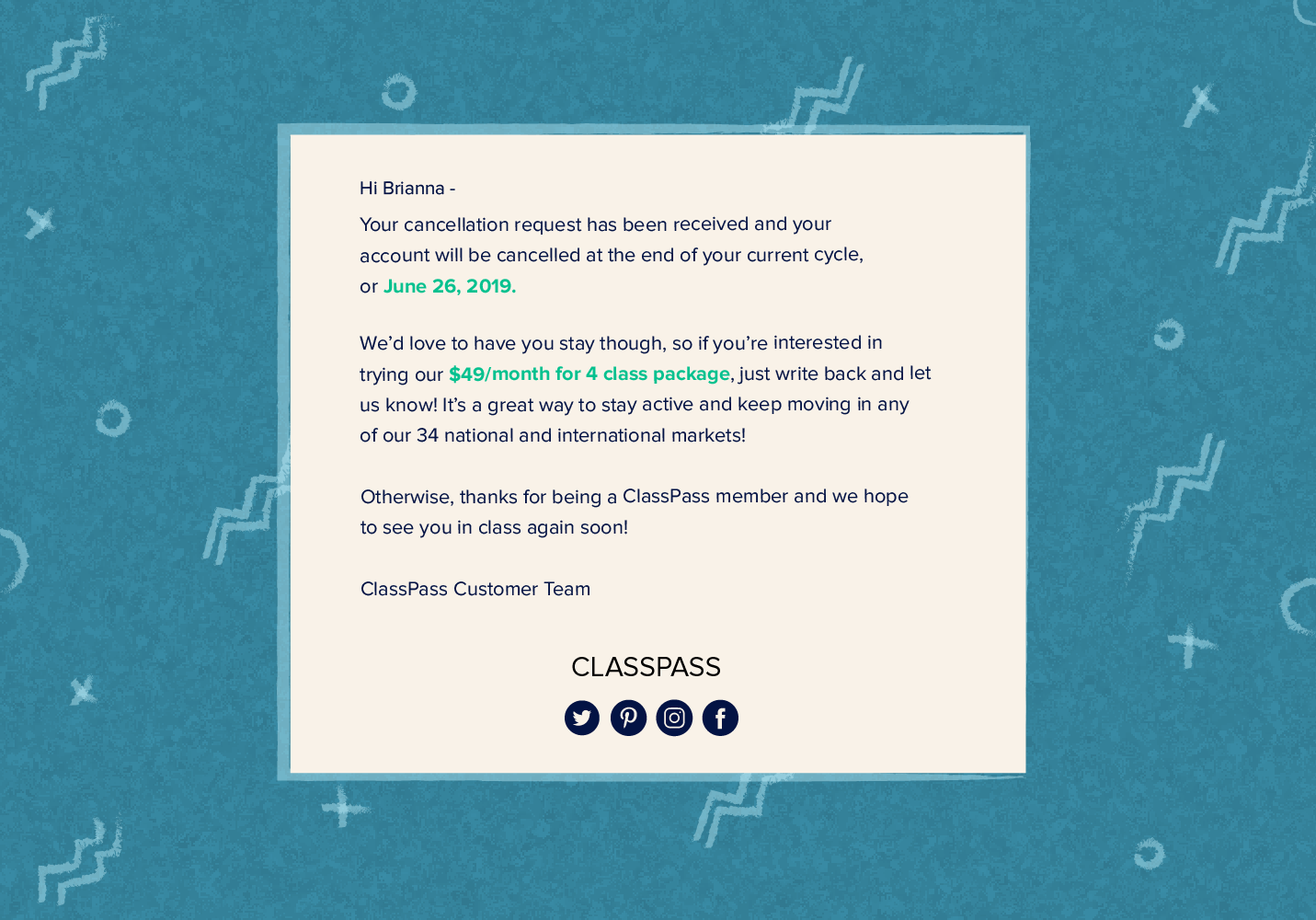Say you own a small flower shop on a busy street. You have a few people browsing around in your store, but many more passing by outside. As the only person working in the store, what do you do? Do you help the customers already in your store find what they want, or do you walk outside and try to recruit shoppers to come inside?
The people already in your store clearly have a need. It’s in your best interest to help them find what they’re looking for and focus on providing a pleasant experience rather than spend time convincing pedestrians that they have a reason to come into your shop.
Plus, the probability of the customers in your store purchasing something is a lot higher.
The point of the scenario is this: If you’re spending all your time and money acquiring new users, what are you doing to keep your current customers happy?
This is a classic case of user acquisition vs. customer retention — and it’s a big problem.
Companies are failing to see the immediate need to engage with their current users. In fact, 44% of companies admit they “have a greater focus” on acquisition, while just 18% focus on retention¹.
Yes, acquiring new users is important especially if you just launched your app. However, over 90% of all downloaded apps are used once before they’re deleted². What’s the point of acquiring new users when they abandon your app almost immediately?
When all your efforts are on building a user acquisition strategy, your company bleeds funds and misses opportunities to bring in additional revenue.
Let’s take a look at some ways you can shift your focus away from user acquisition and improve customer retention:
5 Ways You Can Improve Customer Retention Right Now
1. Prioritize user onboarding
When a new user downloads your app, what do they see?
The first-time user experience (FTUE) should focus on doing one thing: getting the right information from your user so your app can deliver value as soon as possible.
Asking for personal information without giving a reason will frustrate users. Lengthy product tours will likely confuse users and send them looking for an alternative.
For example, apps like Ticketmaster and Live Nation are often used to access and scan concert tickets. If these apps require users to log in every time they open the app, it may frustrate users who are at the door trying to retrieve their tickets.
Instead, understand why users are downloading your app in the first place and strive to immediately meet that expectation.
Spotify understands their users download their app to stream music. That’s why they don’t waste any time when it comes to onboarding.
Spotify’s onboarding prompts you to create an account, or simply connect to your Facebook profile. Since 80% of mobile users already have a Facebook account, this instant gratification leads to a 20% increase in conversions for the app³. 
2. Enhance monetization efforts
How much are your current users spending in your app? If your primary focus is on acquisition, I’m guessing not that much.
Customers who continuously use your app tend to spend more over time. In ecommerce, the average repeat customer spends 67% more in months 31-36 of their shopping relationship than in the first six months⁴.
Metrics like average revenue per user (ARPU) and customer lifetime value (LTV) not only track how much cash your users are bringing in, but also help identify which users you should be going after.
Here’s how to calculate ARPU, LTV, and many more customer experience metrics>>
Once you understand your users’ buying habits, you can pinpoint what monetization methods work best for your app. 
What works for one app might not work for another. For example, if users only need to use your app as-needed (like Uber or Lyft), maybe a subscription plan isn’t the right monetization model.
Making just the slightest adjustment to how your app generates revenue can greatly impact the bottom line.
The solution is simple, it’s just not easy.
By encouraging the right users to return to your app, you retain a larger proportion of those users. As time goes on, they spend more money, which increases the length of time they stay, and ultimately boosts LTV and retention.
3. Personalize the user experience
Users don’t want to see something that isn’t useful to them. They don’t have the time or the attention span to waste on irrelevant content. They’ve got things to do!
That’s why personalizing the user experience is a key component in growing your app. In fact, 80% of consumers indicated they are more likely to do business with a company if it offers personalized experiences⁵.
Amazon is considered the leader in personalizing the mobile shopping experience because of their recommended suggestions. They do this so well, they seem to know exactly what you want before you even want it. 
Amazon achieves this by analyzing their users’ past buying behavior. Key patterns and trends in user behavior predict what their users will (most likely) purchase next. If a user buys Harry Potter and the Sorcerer’s Stone, they’ll most likely buy Harry Potter and the Chamber of Secrets next.
If you can educate and provide value to your users with relevant content without making them go look for it themselves, you’re on track to retain those users for life.
4. Boost engagement
Personalization shouldn’t end once a user leaves your app.
In fact, this is when you should start encouraging them to come back.
Increasing engagement with your users outside of the app using SMS messaging and push notifications give your users that gentle nudge they need to jump back in.
But drowning your users with useless notifications is not only annoying, but will have them uninstalling your app in no time. 46% of users disable push notifications if an app sent between 2 and 5 messages in a single week, and 32% stop using the app altogether if it sent between 6-10 notifications in a week’s time⁶.
Effective engagement is all about sending the right message at the right time. But how are you expected to pull that off?
Short answer: Cohort analysis. Cohort analysis helps you understand everything about your users and group them based on similarities, including:
- Who they are (user data)
- What they have done or not done (in-app actions)
- Where they are (location)
- What they find useful or valuable (context)
These cohorts not only tell you the best methods of engagement but help you identify what is currently working (and not working) within your app.
A good rule of thumb when engaging with your users outside your app is to keep the content relevant, timely, and (for the most part) actionable. If it’s not actionable, it should be educational. 
5. Don’t neglect inactive users!
So you had some users go MIA. It happens.
However, ignoring them is a surefire way to let them churn.
Instead, what can you do to get them active again?
The first step is identifying the last time they were happy with your app. RFM analysis helps you do just that by breaking down users into groups based on how recently and frequently they use your app. 
A low recency and frequency score (bottom left) represents users who haven’t been active in a while — these are your app’s hibernating users. A high recency and frequency score (top right) represents users who have been active recently and frequently — these are your app’s champions.
This grid allows you to bundle similar users together (remember cohorts?) and build campaigns specifically for those segments.
The next step is figuring out the best way to win back your inactive users. 
Incentivizing your users with a special discount or revealing a secret offer is a great way to get them active again. In fact, discounts, deals, and bonus offers are the top reason someone will return to an app after uninstalling according to Think With Google.
Offering an exclusive opportunity within your app makes inactive users feel special, and just might be the secret to bringing them back from the dead.
ClassPass does this well by immediately following up a cancellation request with an exclusive offer for a less-expensive monthly subscription that’s not available on their website.
A Thriving App Starts With Thriving Users
Take a hard look at your app’s KPIs. Are you solely focused on building a pipeline of users who will just churn in a few days? Or are you investing in high-growth strategies that will nurture and retain your customers for good?
We’re not telling you to completely forget about acquisition. By understanding what makes your users thrive within your app (and what doesn’t), you can create an even stronger acquisition strategy that focuses on the right users and boosts CLTV.
With CleverTap, you can access all the tools you need, including Cohort and RFM grids, to acquire and retain users for life. Schedule a personalized demo with one of our mobile marketing experts to learn more about our marketing suite.

See how today’s top brands use CleverTap to drive long-term growth and retention
Subharun Mukherjee 
Heads Cross-Functional Marketing.Expert in SaaS Product Marketing, CX & GTM strategies.
Free Customer Engagement Guides
Join our newsletter for actionable tips and proven strategies to grow your business and engage your customers.















































